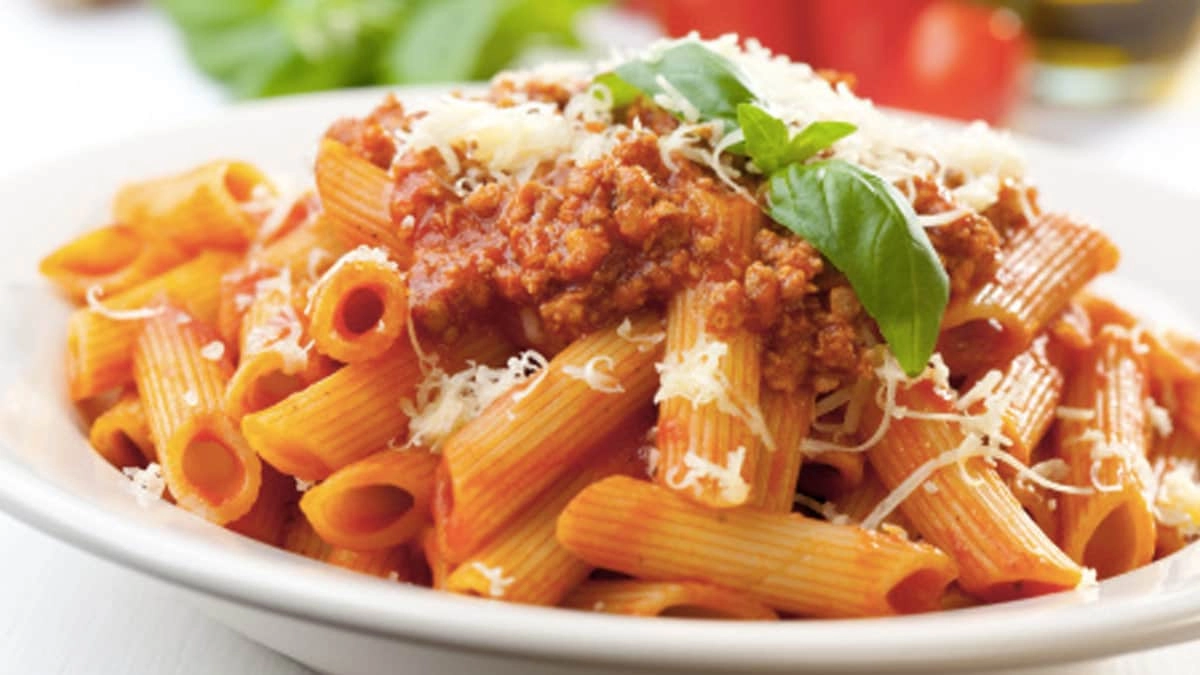Pasta is a beloved staple in many cuisines around the world, and its versatility is partly due to the wide variety of shapes available. Each type of pasta has its unique texture and function, making it suitable for different sauces and dishes. Understanding the distinct characteristics of various pasta shapes can help you elevate your culinary creations and explore new recipes. Here, we delve into twelve popular pasta shapes and suggest creative ways to use them.
Starting with the classic spaghetti, this long, thin pasta is ideal for pairing with tomato-based sauces or simple olive oil and garlic preparations. For a twist, try using spaghetti in a cold pasta salad with fresh vegetables and a zesty vinaigrette. Fettuccine, known for its flat and wide shape, is perfect for rich, creamy sauces like Alfredo or carbonara. You can also experiment by adding sautéed mushrooms and spinach for a hearty dish. Penne, with its tubular shape and diagonal cut, is great for baked pasta dishes, as it holds onto sauces beautifully. Combine penne with a robust marinara and top it with cheese before baking for a comforting meal.
Another popular shape is farfalle, or bow-tie pasta, which works wonderfully in both hot and cold dishes. Toss it with roasted vegetables and a light pesto for a refreshing summer dish or incorporate it into a creamy soup for added texture. Orzo, a rice-shaped pasta, is perfect for adding to soups or salads, providing a delightful bite and enhancing the dish’s overall heartiness. Meanwhile, orecchiette, which resembles small ears, is traditionally paired with broccoli rabe and sausage, but it can also be used creatively in stir-fries or tossed with a variety of veggies for a unique twist.
For a more adventurous option, consider experimenting with shapes like trofie or cavatappi. Trofie, often associated with pesto, can be combined with green beans and potatoes for a traditional Ligurian dish. Cavatappi, with its spiral shape, can hold onto thick sauces exceptionally well and is a fantastic choice for mac and cheese or baked pasta casseroles. Lastly, don’t overlook the charm of lasagna sheets, which can be used in innovative ways beyond the classic layered dish. Try them in roll-ups with ricotta and spinach, topped with marinara and baked until bubbly.
With such a rich variety of pasta shapes available, the possibilities for culinary creativity are endless. By understanding the unique qualities of each shape, you can enhance your dishes, making mealtime not only delicious but also a fun and imaginative experience. Whether you’re preparing a simple weeknight dinner or a festive gathering, exploring different pasta shapes can lead to delightful new flavors and textures on your plate.




